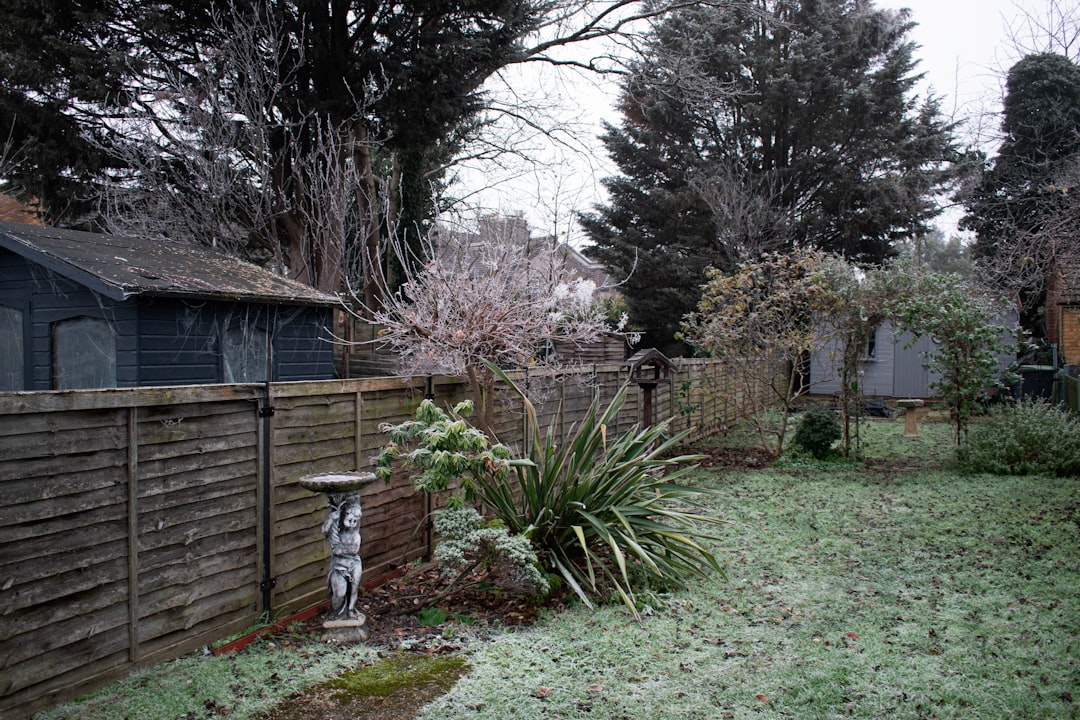Year - Round Citrus Delights: Indoor Overwintering Secrets

Edible gardening is a rewarding hobby, and growing citrus trees is a wonderful addition to any garden. However, in cold climates, the harsh winter can pose a significant threat to these tropical and subtropical plants. But fear not! With the right techniques, you can overwinter citrus trees indoors and enjoy their delicious fruit year - round.
### Why Overwinter Citrus Trees Indoors?
Citrus trees, such as oranges, lemons, and grapefruits, are sensitive to cold temperatures. Frost can damage the leaves, branches, and even the roots of these trees, leading to stunted growth or even death. By bringing your citrus trees indoors during the winter months, you can protect them from the cold and ensure their survival. Additionally, keeping them indoors allows you to control the environment, providing the optimal conditions for growth and fruit production.
### Selecting the Right Citrus Trees
Not all citrus trees are suitable for indoor overwintering. Dwarf varieties are the best choice as they are more compact and can be easily managed in a limited indoor space. Some popular dwarf citrus varieties include Meyer lemon, Calamondin orange, and Key lime. These trees are not only well - adapted to container growing but also produce an abundance of fruit even in small spaces.
### Preparing Your Citrus Trees for Indoor Wintering
Before bringing your citrus trees indoors, it's important to give them a thorough inspection. Check for any signs of pests or diseases and treat them accordingly. Trim any dead or damaged branches to promote healthy growth. You may also want to repot your tree into a slightly larger container if it has outgrown its current one. Use a well - draining potting mix specifically formulated for citrus trees to ensure proper root development.
### Creating the Ideal Indoor Environment
Once your citrus tree is indoors, it's crucial to provide it with the right environment. Citrus trees need plenty of sunlight, so place them near a south - facing window where they can receive at least 6 - 8 hours of direct sunlight per day. If natural light is limited, you can supplement it with artificial grow lights. The temperature indoors should be kept between 55°F and 70°F (13°C - 21°C). Avoid placing the tree near drafts or heat sources, as sudden temperature changes can stress the plant.
### Watering and Fertilizing
Proper watering is essential for the health of your indoor citrus tree. Water the tree when the top inch of the soil feels dry to the touch. Be careful not to overwater, as citrus trees are susceptible to root rot. During the winter months, the tree's growth slows down, so you may need to reduce the frequency of watering. Fertilize your citrus tree every 2 - 3 months with a balanced citrus fertilizer. Follow the instructions on the fertilizer package for the correct dosage.
### Pruning and Training
Pruning is an important part of maintaining the shape and health of your citrus tree. Remove any suckers or branches that are growing in the wrong direction. You can also prune to control the size of the tree. Training your citrus tree early on can help it develop a strong structure. Use stakes or ties to support the branches and guide their growth.
### Dealing with Pests and Diseases
Even indoors, citrus trees can be susceptible to pests and diseases. Common pests include aphids, spider mites, and scale insects. Regularly inspect your tree for any signs of infestation and treat them promptly. You can use natural remedies such as neem oil or insecticidal soap to control pests. Fungal diseases can also be a problem, especially in humid environments. Ensure good air circulation around the tree to prevent the development of diseases.
### Bringing Your Citrus Tree Back Outdoors
Once the danger of frost has passed in the spring, you can gradually acclimate your citrus tree to the outdoor environment. Start by placing it in a shaded area for a few hours a day and gradually increase the amount of sunlight and time outdoors over a period of 1 - 2 weeks. This will help the tree adjust to the change in environment without suffering from shock.
In conclusion, overwintering citrus trees indoors is a great way to enjoy fresh citrus fruit year - round, even in cold climates. By following these tips and techniques, you can ensure the health and productivity of your citrus trees. So, roll up your sleeves, get your gardening tools ready, and start your indoor citrus growing adventure today!